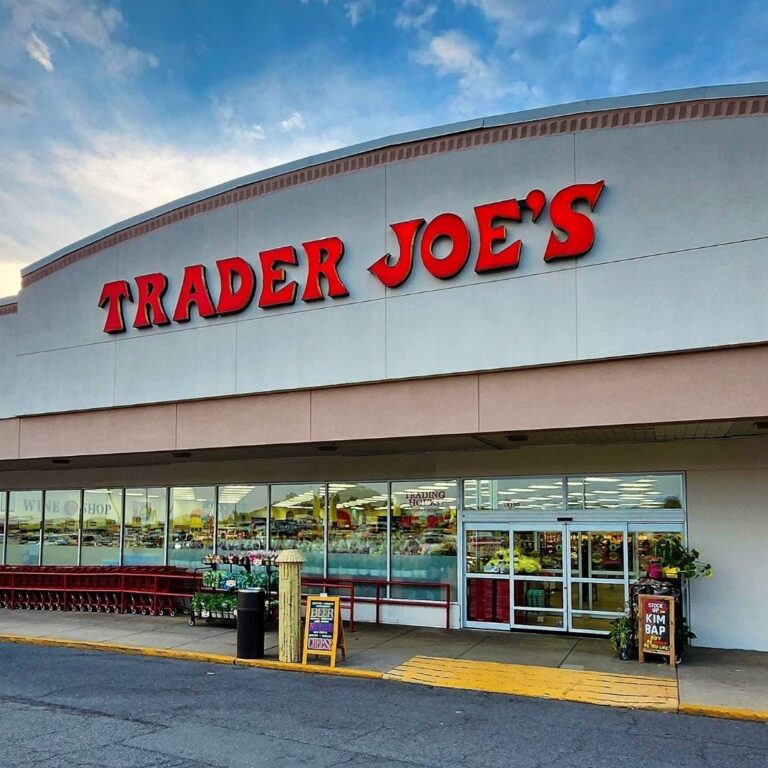Trader Joe’s, the beloved grocery store known for its unique products, quirky atmosphere, and devoted following, has a history as interesting as its Cookie Butter. It all began with a man named Joe Coulombe and a chain of convenience stores in Southern California.
The Pronto Markets Era (1958-1967):
Joe Coulombe, a Stanford Business School graduate, started his retail journey in 1958 with Pronto Markets. These convenience stores, similar to 7-Eleven, were initially owned by Rexall Drugs. Coulombe, sensing a shift in consumer preferences and increasing competition, began to re-evaluate the business model.
The Birth of Trader Joe’s (1967):
Several factors influenced Coulombe’s vision for a new kind of grocery store:
- The Rise of the “Overeducated and Underpaid”: Coulombe recognized a growing demographic of educated consumers with discerning tastes but limited budgets. He wanted to cater to their desire for unique, high-quality food at affordable prices.
- Inspiration from Disneyland: A trip to Disneyland sparked Coulombe’s interest in creating a themed shopping experience. He envisioned a store with a nautical motif, inspired by the adventure and exoticism of “Trader Joe.”
- The Emerging Health Food Trend: The 1960s saw a growing interest in health food and natural products. Coulombe saw an opportunity to offer a wider selection of these items than traditional supermarkets.
In 1967, Coulombe transformed his first Pronto Market in Pasadena, California, into the first Trader Joe’s. The store featured a nautical theme, with employees dressed in Hawaiian shirts, and focused on offering unique, hard-to-find grocery items.
The Aldi Connection (1979):
In 1979, Trader Joe’s was acquired by Aldi Nord, a German discount grocery chain. This partnership provided Trader Joe’s with the financial backing and operational expertise to expand its reach while maintaining its unique identity.
Key Elements of Trader Joe’s Success:
- Private Label Products: Trader Joe’s sources many products directly from manufacturers and sells them under its own private label. This allows them to control quality, offer lower prices, and create unique offerings not found elsewhere.
- Focus on Value: Trader Joe’s emphasizes value over low prices. They prioritize quality ingredients and unique products, ensuring customers feel they are getting something special for their money.
- “Treasure Hunt” Shopping Experience: The constantly rotating selection of unique and seasonal products creates a sense of discovery and excitement for shoppers.
- Engaged Employees: Trader Joe’s is known for its friendly and knowledgeable staff who contribute to the positive shopping experience.
Trader Joe’s Today:
Today, Trader Joe’s has over 500 stores across the United States and continues to be a beloved brand. Its loyal customer base appreciates the quirky atmosphere, unique products, and commitment to value.
The story of Trader Joe’s demonstrates how a keen understanding of consumer trends, a unique brand identity, and a focus on quality and value can lead to lasting success in the competitive grocery industry.

